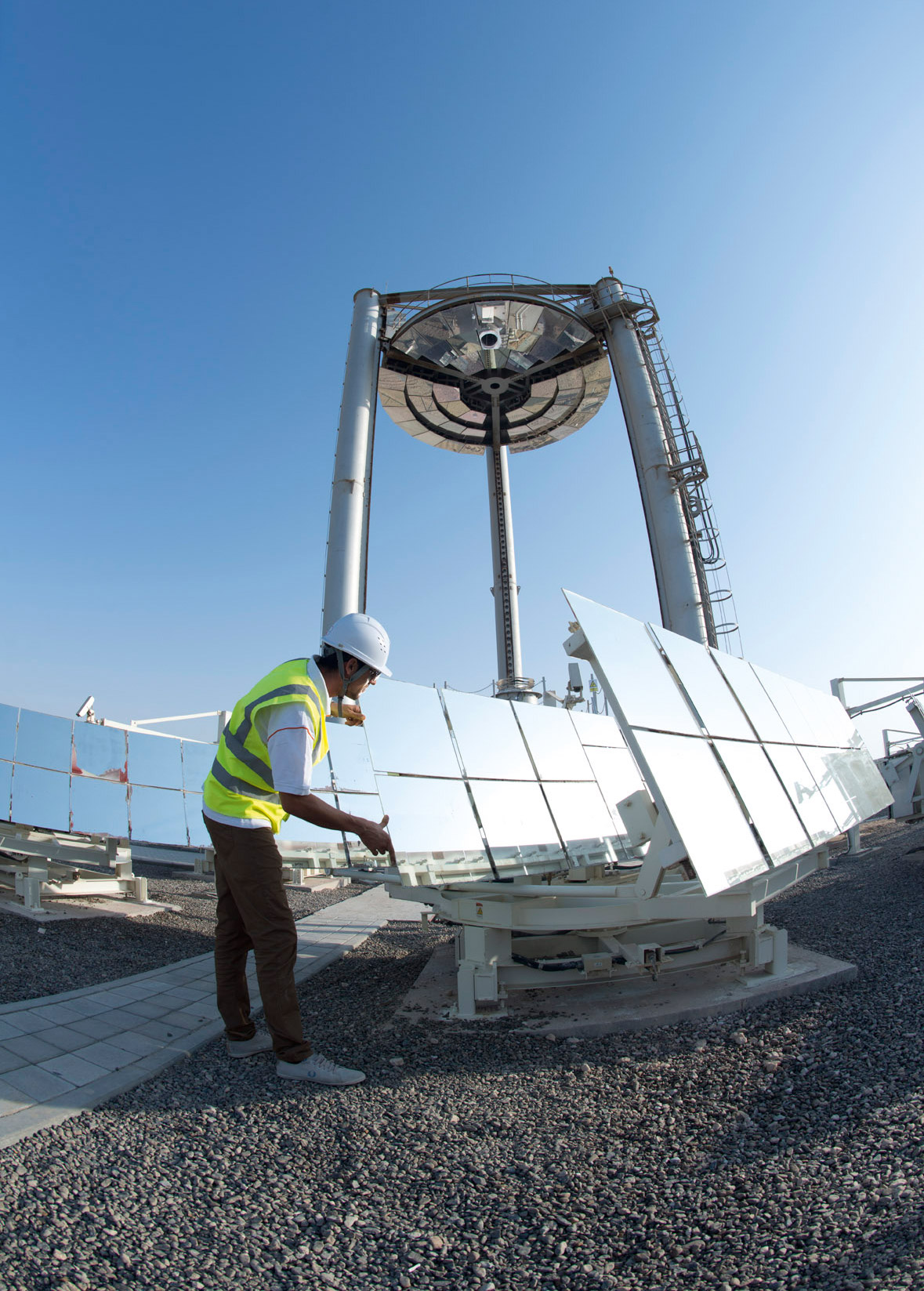If you are reading this, it’s probably due to your interest in energy storage and current trends in energy. You will also likely know something about molten salt systems used in CSP, and the associated challenges and headaches during construction and commissioning.
What problems you say? We could mention several, but let’s focus on the main two challenges of molten salt systems: the construction process involves different equipment from various suppliers which all requires detailed control and coordination. Secondly, a non-stop commissioning process could simply kill your schedule when a problem arises. Large CSP-developers like SolarReserve (Crescent Dunes), Abengoa (Solana) and Sener (Gemasolar) have recently faced severe issues within their molten salt plants, which are now becoming public and being shared by them; such as fires, leakages, costly operation and demanding maintenance that requires continues monitoring to name a few… Not all that glitters is gold.
Introducing a new storage technology to the market has its challenges, but the simpler the technology is, the easier and quicker challenges can be overcome. So, how can we increase your confidence and understanding about our technology and the advantages of the simplified construction process of an EnergyNest storage system?
To start with, our thermal storage only consists of two main components that are delivered to site: carbon steel and HEATCRETE®, our solid-state storage medium. HEATCRETE® is a unique material that EnergyNest has developed together with HeidelbergCement, one of the largest construction materials companies in the world. Compared to a molten salts system, our technology reduces the complexity of the construction process to a third! Two-tank salt systems involve hot & cold tanks, salts, special pumps, additional heat exchangers, tank heaters, electrical heat tracing, and complex foundations for the system. The EnergyNest construction process is significantly simpler: you will receive our steel cassettes and HEATCRETE® at site. The cassettes are filled with HEATCRETE® and placed onto a thermally insulated load-bearing foundation. The pipes in the modules are welded together, thermal insulation and cladding is added and…that’s it! Our personnel supervise the project from day 1 until fully commissioned, supporting the client and site contractor.
Secondly, commissioning of an EnergyNest thermal storage is quicker and simpler than molten salt systems. An initial start-up period of five weeks slowly heats up the storage preparing it for full operation. This process will be carried out by EnergyNest personnel, which have successfully executed this process at our pilot-plant at Masdar Institute in Abu Dhabi. The thermal storage system installed at Masdar has been in operation for 4 000 hours with close to 200 cycles of charge and discharge.
EnergyNest brings to market a simple solution for effective energy storage, and as like our motto:
“Simplicity is the ultimate sophistication” (Leonardo da Vinci).



